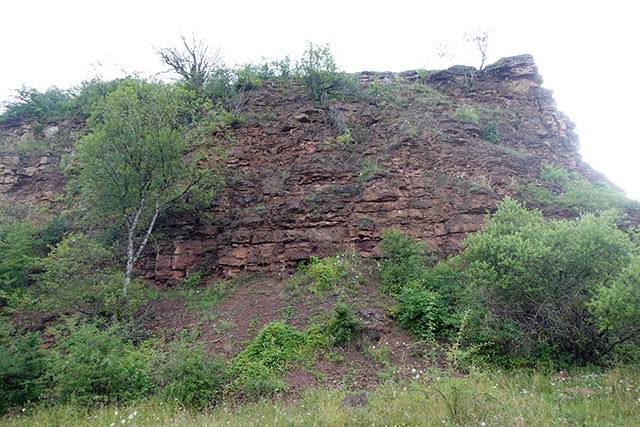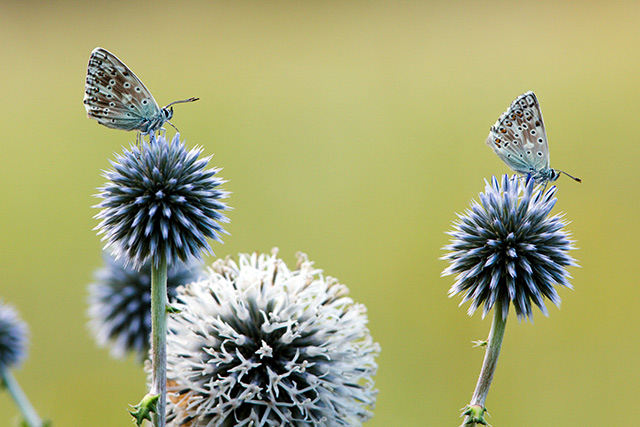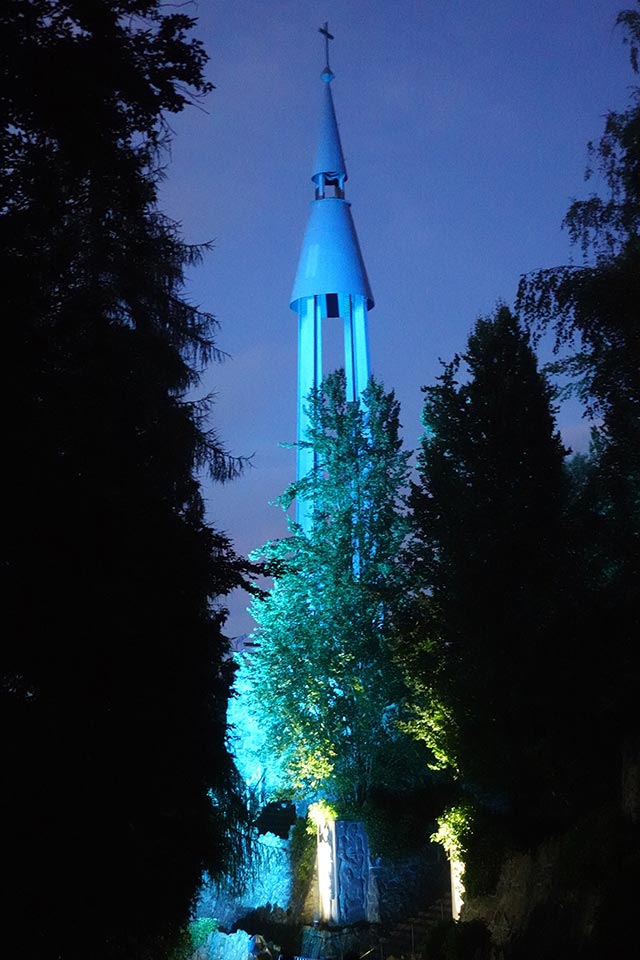The core zone “Léiffrächen” of the Minett UNESCO Biosphere is a recent nature reserve on the territory of Luxembourg’s only UNESCO Biosphere Reserve.
Designated as a national nature reserve, the approximately 313 hectares, 80% of which belong to the municipality of Kayl and 20% to the town of Rümelingen, have only been designated since the 5th of April 2019.
About 236 hectares, or approximately 76% of the area, are forested. Half of this is pioneer forest, which has grown up after the end of open-cast iron ore mining. The other half of the forest is largely composed of near-natural beech forests, but also of about 23.5 hectares of coniferous forests.
Like the other core zones of the Minett UNESCO Biosphere, the dry grassland areas, which are kept open by nature management work and grazing by the Minett wandering sheep, have become a refuge for several plant and animal species.
In the area of the “Léiffrächen”, a total of 9 bat species have been safely verified. The greater mouse-eared bat, the Bechstein’s bat and the greater horseshoe bat are 3 of these species. The common newt has settled in the standing waters of the nature reserve and the butterfly species that are rare but occur in the “Léiffrächen” area include the hawkweed moth (Lemonia dumi), the Large Blue (Maculinea arion) and the Grayling (Hipparchia semele). Woodlark, Black Woodpecker, Red-backed Shrike and Black Kite have also settled in the core zone “Léiffrächen” after the end of open-cast mining.
|
|
|
|
© Yann Logelin / Marc Weis
In addition to the great importance of the area for nature, the core zone “Léiffrächen” of the Minett UNESCO Biosphere is a popular and well-known recreational area that is well known beyond the borders of the region. The nature reserve is accessible via a number of hiking, cycling and mountain-biking trails. In the interest of protecting the rare and endangered species that have settled here, it is important not to leave these designated paths.
The area also has a national value in terms of cultural history. The “Monument National des Mineurs” at the entrance to the protected zone commemorates the more than 1400 miners who lost their lives in the mines and pits of Luxembourg. The religious pilgrimage site “Léiffrächen”, which gave the area its name, is located opposite the miners’ monument. This dates back to the discovery of a wooden statue of the Virgin Mary. The statue, which a blacksmith named Peping found in a hollow tree trunk in 1753, no longer exists after a fire in 1901; the current statue was made in the 20th century.
|
|








